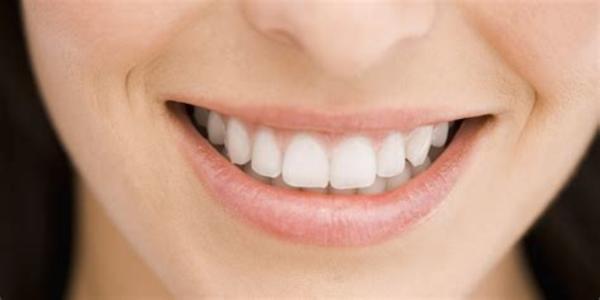
Common Elderly Dental Injuries and What You Can Do About Them
Dental emergencies are more common than you think and often occur unexpectedly. From sports injuries to hard candy, we all need to rush to the local emergency dentist from time to time. As you get older, these problems can only become more common.
For elderly patients, issues like tooth decay, gum disease, and the need for root canal services can arise. When it comes to addressing the dental concerns of older adults, including those requiring root canal treatments, finding a trusted dental healthcare clinic like Silverstone Family Medical is a must. Their experienced team is well-versed in handling the specific needs of elderly patients, ensuring they receive the best care for their oral health.
So in this article, we will discuss 6 common dental emergencies alongside their treatments, so your injured tooth has a better chance of survival.
Chipped teeth
A chipped tooth is an extremely common dental injury. It occurs when a part of a tooth breaks off.
If small portions of the enamel or dentin — the first two layers of teeth — have been chipped, experts in cracked teeth (such as the Australian Dental Specialists) may be able to reattach them or fill the affected area with a natural-colored filling.
Larger areas of damage, however, may require a complete crown. The type of crown you’ll need depends on a variety of factors, such as your tooth’s location and the extent of damage.
If the damage has injured or exposed the inner pulp, a root canal treatment might be needed to prevent infection and reduce pain.
Fractured roots
This type of dental injury is associated with sports and is common among athletes - if you are keeping active as you get older, don’t write a fractured root off immediately. Instead of a crack starting at the top of the chewing surface and moving to the root, a fractured root begins at the root level and works its way to the tooth's visible surface.
The severity of a fractured root depends on the location of the fracture along the root but they’re usually asymptomatic. Because these fractures are often invisible, you might discover the problem only when an infection develops.
You must go to a dentist as soon as possible after a root fracture. Early root canal therapy — also known as endodontic treatment — can reduce the risk of pulp infection, which can cause tooth loss if not treated.
Knocked-out tooth
More than 5 million teeth are knocked out every year. Dentists usually call a knocked-out tooth an “avulsed” tooth. If you lose a tooth due to an accident or injury, it doesn’t necessarily mean it’s lost for good.
Getting proper emergency care at the right time can save the tooth, which can be replanted successfully and last for years to come. The earlier you go to a dentist, the more likely your tooth will retake root.
Here are the steps you should take if your tooth has been completely knocked out of your mouth:
- If the tooth is still clean, you should try to put it back in its socket
- If the tooth is dirty or cannot be put back in the socket, put it in milk
- Seek immediate dental care
- For reimplantation to be successful, the tooth should ideally be reinserted within 10 minutes. After 2 hours, the chances of tooth rerooting decrease dramatically.
Bitten lip or tongue
We’ve all been there. You’re having a meal, chewing on food while lost in conversation when you suddenly find that you’ve bitten your tongue or lip.
There’s nothing quite like the initial pain of a bitten lip or tongue. The good news is that if you bite your lip or tongue, it will usually heal on its own. Here are some things you can do to speed up the healing process:
- Use a cloth to apply pressure to the area if there is bleeding
- Use an ice pack to keep any swelling down
- If the bleeding does not stop or you think you may need stitches, seek immediate medical attention
Broken braces
Just like your teeth, braces are susceptible to injury as well (even though they are pretty strong).
Although broken orthodontics don’t usually damage the teeth, they can injure the soft tissue in your mouth if you don’t get them fixed.
If your braces become loose or dislodged, contact your orthodontist immediately to get them repaired and cover the break with orthodontic wax if necessary. You can also check out these tips for avoiding broken braces.
Dislodged tooth
Sometimes, a tooth can get loose and move about in its socket, which is known as dental luxation. Usually, this results from trauma to the teeth from falling or a blow to the mouth.
A dentist can help reposition and steady your tooth if this happens. If the tooth is not fractured or split, it can be repositioned back into its spot using a splint to aid pulp and periodontal ligament healing.
If the damage has extended to the roots, however, a root canal might be necessary.
Make sure to seek immediate dental care in case of a dislodged tooth.